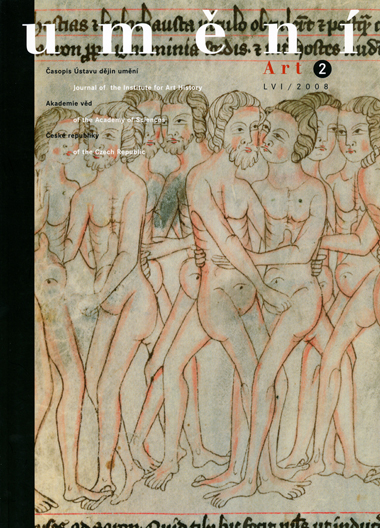Klaus Merten
Die Altarprojekte für die beiden lutherischen Kirchen in Prag 1612-1620
When in 1611 construction began on the Church of the Holy Trinity in Malá Strana, the project's backer, Duke Heinrich Julius Brunswick, thought about donating an altar that would correspond to the Italianising architecture of the church's interior. He entrusted this task to the architect of the Saxon elector, Giovanni Maria Nosseni, who soon began work on the marble altar architecture. Hans von Aachen was to paint the altar painting of the Holy Trinity, and the sculptor Adrian de Vries was also supposed to contribute to the work. However, owing to the sudden death of Duke Heinrich Julius in 1613 the altar was never completed. Lutherans in the Old Town of Prague began building the Church of St. Salvator in 1611. In the year of its consecration (1614) talks were begun with Bernhard Ditterich, an altar builder and woodcarver from Freiberg, about adding an altar. While work on that altar was completed around the year 1618, because of the outbreak of war it was never delivered to Prague, and in 1622 Ditterich offered it to the Brunswick family in Wolfenbüttel. The altar was finally installed there, in the choir in the main Church of Our Lady, and it was fitted with a sign that identifies Duke Heinrich Julius as the figure who donated the altar to a church in Prague. In scholarly work this has led to the mistaken assumption that the Wolfenbüttel altar was originally intended for the church in Malá Strana. This article aims to rectify that mistake.
Full-text in the Digital Library of the Czech Academy of Sciences:
https://kramerius.lib.cas.cz/uuid/uuid:be06dd46-db46-4c61-2cfe-210a0e5eb86c
< back

